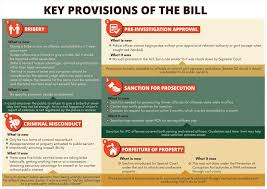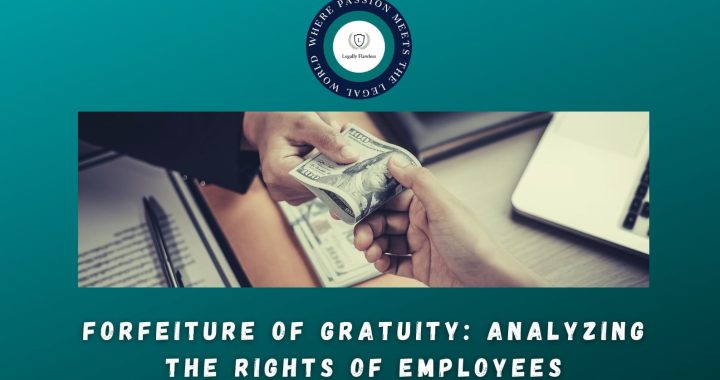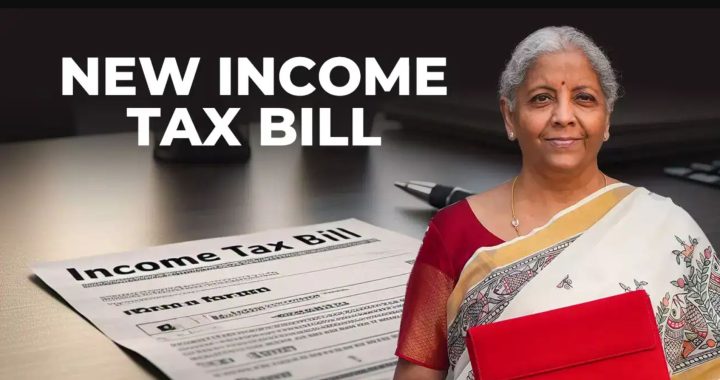Income Tax Scrutiny Aspects In India
In general, income tax department cannot assess all the income tax returns filed in one financial year. Hence, normally random scrutiny for assessing the assessee is used. Even though the selection of the assessee for the scrutiny is random, there are certain norms laid down by the CBDT and CASS (Computer Assisted Scrutiny System). Based on those norms the income tax department selects some returns for scrutiny under the u/s 143 (3).
The Comprehensive Scrutiny Scheme Is As Follows:
Condition: An income tax return showing loss u/s 139 or the response to the notice made under the section 142 (1)
Under such circumstances, the income tax officer tries to find out whether the assessee has:
- Indicated excessive loss computation
- Understated his income
- Under-Paid the tax in some way
In such circumstances, a notice under Section 143 (2) (ii) is served to the assessee. This notice has to be served by the income tax department within six months from the completion of first year when the income tax return was filed. If the income tax department after this time then serves the notice, it is considered invalid even if the assessee has not challenged it.
Depending upon the evidences produced by the assessee the assessing officer will have to come up with an assessing order that will include:
- The total loss or income of the assessee
- The amount to be paid by the assessee on the basis of the assessment
Under these basic guidelines, the ROI filed by an assessee in the assessment year of 2006-07 is worth considering.
The ROI Details
The assessee filed ROI in which he had declared an income of INR 3.97 Crores. The income tax department selects this particular case for the scrutiny according to the CBDT guidelines under clause 2 (v) (b). According to this clause included in the scrutiny guidelines a case of income tax return has to be selected compulsorily for scrutiny in case disallowance/addition of Rs. 5 Lacs or more than that has been found pending in front of the CIT (A).
However, the assessee made an appeal stating that since his case do not satisfy the conditions laid down in the scrutiny guidelines; the assessing officer was not authorized to select this particular case for scrutiny. Even though the CIT (A) & Assessing Officer rejected the claim, the Tribunal upheld the appeal when the assessee lodged an appeal with it.
The Verdict From Tribunal
The Tribunal stated that
- The instructions issued by CBDT for selecting the corporate assesses cases for assessment and scrutiny come under u/s 119 and are binding upon the assessment officer.
- It is expected that he should follow these instructions and guidelines in spirit and letter.
- It is the responsibility of the authority following the jurisdiction to establish and show that all the guidelines and instructions have been duly followed in letter and spirit.
The Tribunal further said that, since there is no evidence of disallowance of Rs. 5 Lacs or more amount in the year under scrutiny or even before that or present, the notice issued by the assessment officer under u/s 143 (2) was not in relevance with the Security Guidelines issued by CBDT.
This makes the jurisdiction assumption illegal and the complete proceedings of assessment as invalid.
Analysis Of The Verdict
The main objective of an assessment officer should always be to select the assessment of a corporate individual or a business house depending upon the Security Guidelines issued by CBDT. If the AO fails to follow these guidelines, the assessee has the right to challenge it in the Tribunal and ask for justice.


 ITAT Amritsar: No Section 269SS Violation for One-Time Cash Payment Before Sub-Registrar
ITAT Amritsar: No Section 269SS Violation for One-Time Cash Payment Before Sub-Registrar  Tax Officials Unleash Digital Dragnet: How New Raid Powers Redefine Privacy, Property Rights in India and likely to Fuel Corruption
Tax Officials Unleash Digital Dragnet: How New Raid Powers Redefine Privacy, Property Rights in India and likely to Fuel Corruption  Income Tax Department Rewards for Reporting Tax Evasion: A Comprehensive Guide
Income Tax Department Rewards for Reporting Tax Evasion: A Comprehensive Guide  Forfeiture of Gratuity by Employer- What are the Remedies for an employee- Can employer be challenged?
Forfeiture of Gratuity by Employer- What are the Remedies for an employee- Can employer be challenged?  Employer can forfeit gratuity of an employee in case of moral turpitude
Employer can forfeit gratuity of an employee in case of moral turpitude  Diving Deeper: The Impact of the New Tax Bill on Dairy and Farming Income
Diving Deeper: The Impact of the New Tax Bill on Dairy and Farming Income